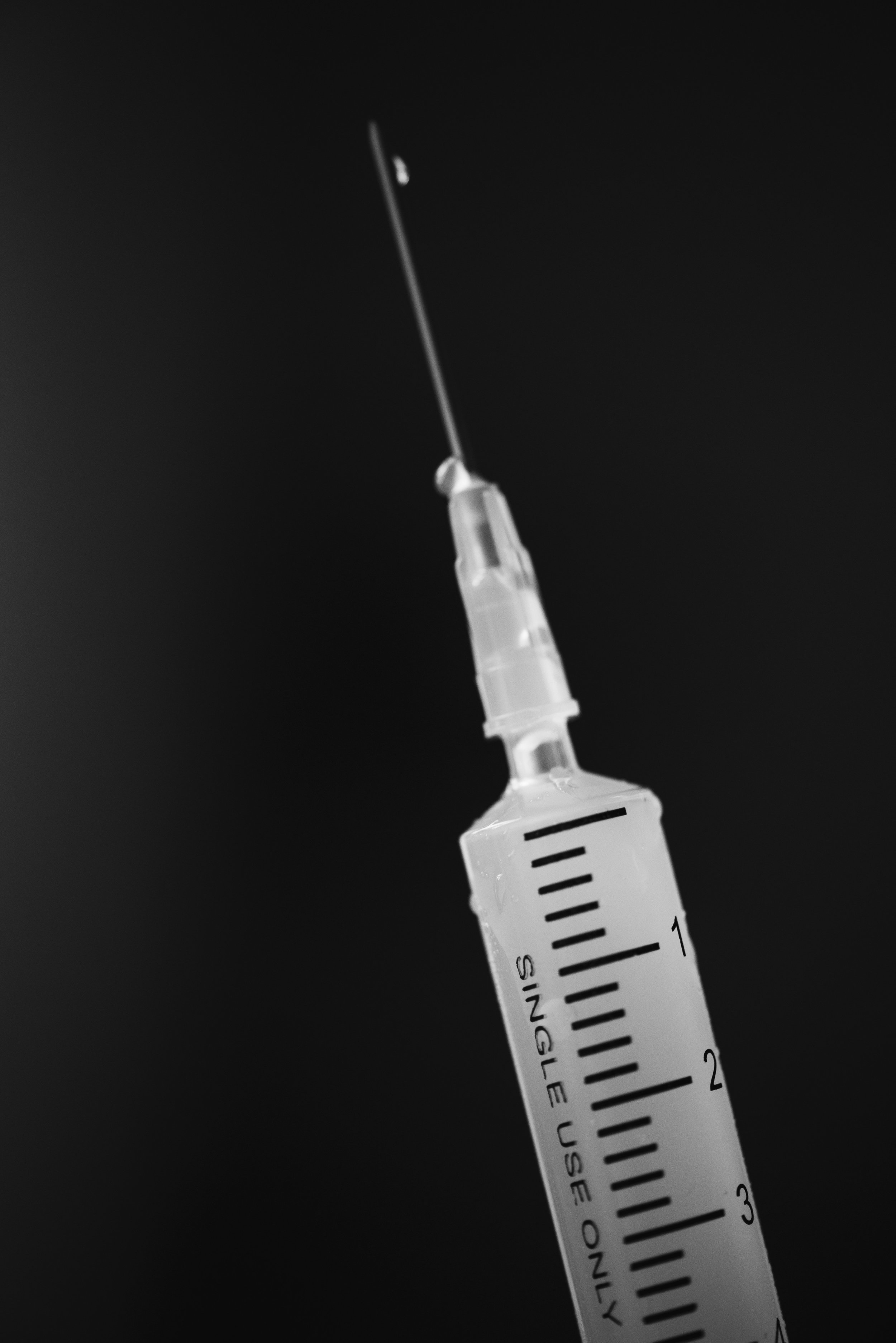Knee arthritis is a common condition affecting millions of middle and older aged adults in America. Physical Therapy interventions including manual therapy and exercise remain the go to treatment for the treatment of this condition in the early phases of the diagnosis to improve pain and function. In patients who remain symptomatic, physicians may recommend an injection into the knee. In previous decades, series of hyaluronic acid injections were performed into the affected knee joint in an attempt to reduce symptoms from the knee joint. More recently, platelet rich plasma (PRP) injections have been promoted for a variety of musculoskeletal tissues including tendons and joints. While current research does not support the utilization of PRP for tendinitis (tendinopathy) or tendon tears, new research shows PRP may have a benefit in patients with knee arthritis.
A well-designed study in the journal Arthroscopy compared the effectiveness of hyaluronic acid and PRP injections in the treatment of mild to moderate knee arthritis (Yu Lin et al. 2019). 53 patients (87 arthrtic knees) were randomized to one of three treatment interventions: saline (placebo), PRP, or hyaluronic acid. Three weekly joint injections were performed in each treatment group. Patients were assessed at 1, 2, 6, and 12 month follow up. Although all groups improved at the 1 month follow up, only the PRP group showed continued significant subjective functional improvement at 1 year. In addition, after the first month, the group receiving PRP reported greater gains in knee function compared to the hyaluronic acid or saline groups. No difference was reported between the hyaluronic acid or saline group at any time point.

